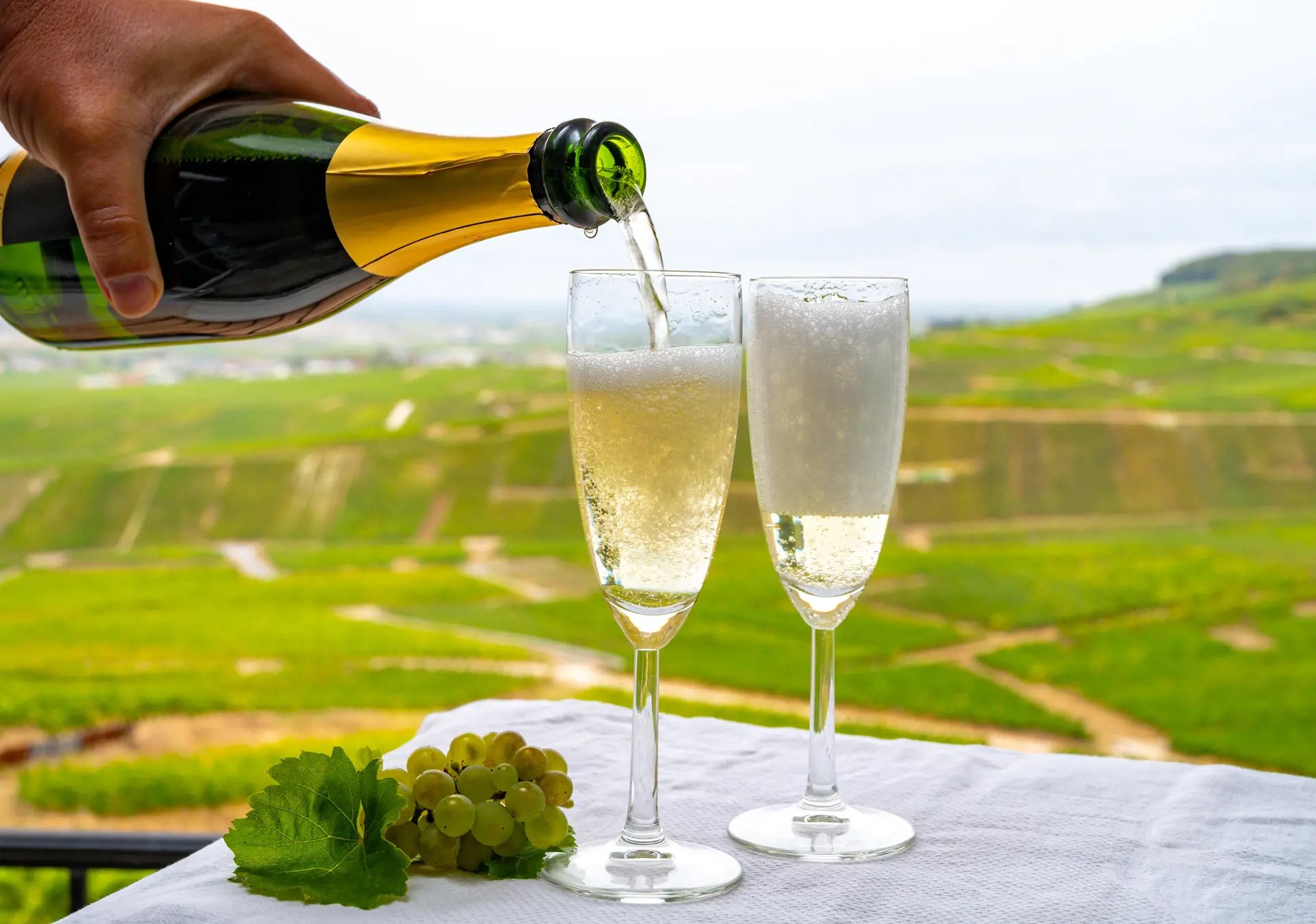News & blog
Explore the Hidden Gem of Champagne: Côte des Bar
While Champagne is often viewed through the lens of iconic brands, the Côte des Bar offers a captivating alternative. Located 75 miles south of the main Champagne region in the Aube, this area is known for its exceptional growers and unique terroir, producing exquisite wines that deserve exploration.
The Charm of Côte des Bar
The Côte des Bar, situated midway between Champagne and Burgundy, boasts a rich history in the medieval city of Troyes, once a trading hub for cloth and wine. This picturesque town is a notable stop on your journey through the region.
Within the Côte des Bar, the Barséquanais, in the south, is particularly renowned for its growers, including Cédric Bouchard, Marie Courtin, and Ruppert-Leroy. The warmer climate and diverse soils allow Pinot Noir to thrive, comprising up to 80% of the region’s vineyards. The Kimmeridgian soil found here, shared with Sancerre and Chablis, contributes to the fruit-driven styles this region is famous for.
Meet Cédric Bouchard
Cédric Bouchard, based in Polisy, has revolutionized Champagne production with his “one plot, one wine” philosophy. He opts for lower pressure during fermentation (4.25 bars instead of the typical 6), creating food-friendly wines with a delicate sparkle. With meticulous vineyard practices, he ensures optimal ripeness and quality, emphasizing the importance of each step in the winemaking process.
Discover Ruppert-Leroy
In Essoyes, the village where Renoir once worked, Manu and Béné Ruppert-Leroy farm 4 hectares using biodynamic methods. Their Fosse Grely Cuvée combines 50% Pinot Noir and 50% Chardonnay, aged in foudres and bottles without sulfites or dosage. After leaving careers in education, they’ve established themselves among the Côte des Bar’s finest growers.
Other Notable Producers
Don’t miss the exceptional offerings from Champagne Marie Courtin and Champagne Gallimard, keeping in mind that Côte des Bar is a treasure trove for those seeking unique, high-quality Champagnes.
Embark on a journey to Côte des Bar where the innovative spirit of its growers showcases the region’s potential beyond the stars of traditional Champagne.

